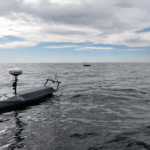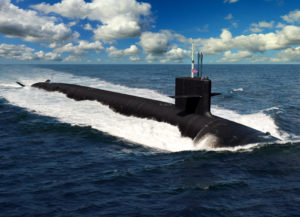
The Navy awarded RTX [RTX] a $581 million contract on May 15 for production and delivery of low-rate initial production (LRIP) Lot V Next Generation Jammer Mid-Band (NGJ-MB) sets for the U.S. and Australia. In January, the Navy declared initial operational capability for the NGJ-MB (Defense Daily, Jan. 6). The overall NGJ program aims to replace the legacy ALQ-99 jammer on EA-18G Growler aircraft while dividing it into low, mid and high-band frequency increments. The mid-band portion proceeded to award…

 By
By 











